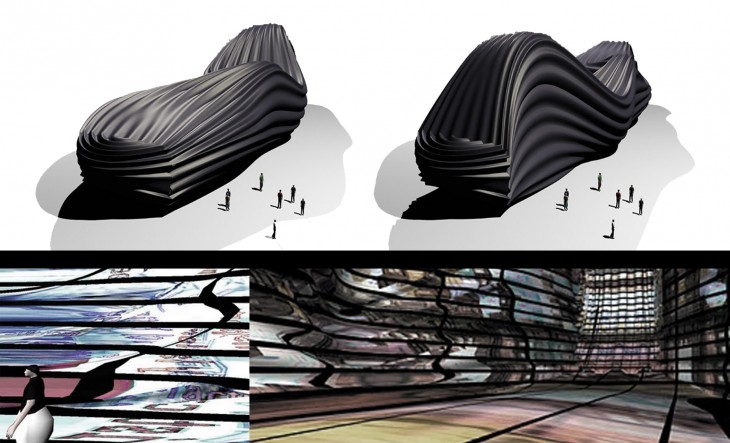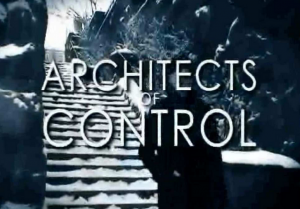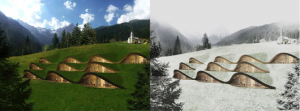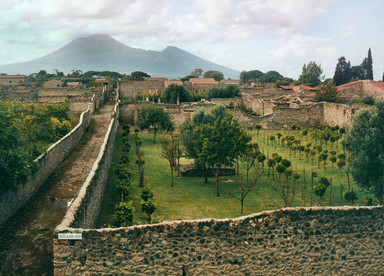What is the role of an architect and how architecture has been transformed nowadays, where human beings live between different environments? Virtual reality changed radically the perception of both space and time. According to Manuel Castells we live in the space of flows. Architecture becomes more complex and relations appear to be crucial. Mark Wigley, in his text, discusses the controversial relation between creating architecture and atmosphere.
Category Archives: Relational Logic – Critical Readings
Subjective Atmospheres
“An Ideal Existence”
The writing by Alison Smithson, on the different habitats of Saint Jerome, is based on a series of paintings belonging to the renaissance period. Saint Jerome was the subject for numerous painters between 1400-1700A.D. With the aid of these Paintings the author has tried to explain the concept of an ideal existence. Read More
Architects of Control
Atmosphere is an ambiguous word subject to many interpretations within the realm of architecture. From a scientific perspective, atmosphere starts where construction stops, wrapping around or within a building, independent from the building itself. One could argue that control on such atmosphere is impossible to attain. On the other hand, one could debate that architecture does produce an atmosphere with its physical form, details and use of materials, through an array of intangible generated effects such as light, sound, smell and heat. When walking around or into a building, one is experiencing it’s atmosphere not the object as such. Within his text named “Architecture of Atmosphere”, Wigley debates the notions raised above, highlighting differences between architects who put atmosphere as the centre of their thinking, whilst others who marginalise it. Finally, I question if architects should be obsessed with such control over atmosphere.





